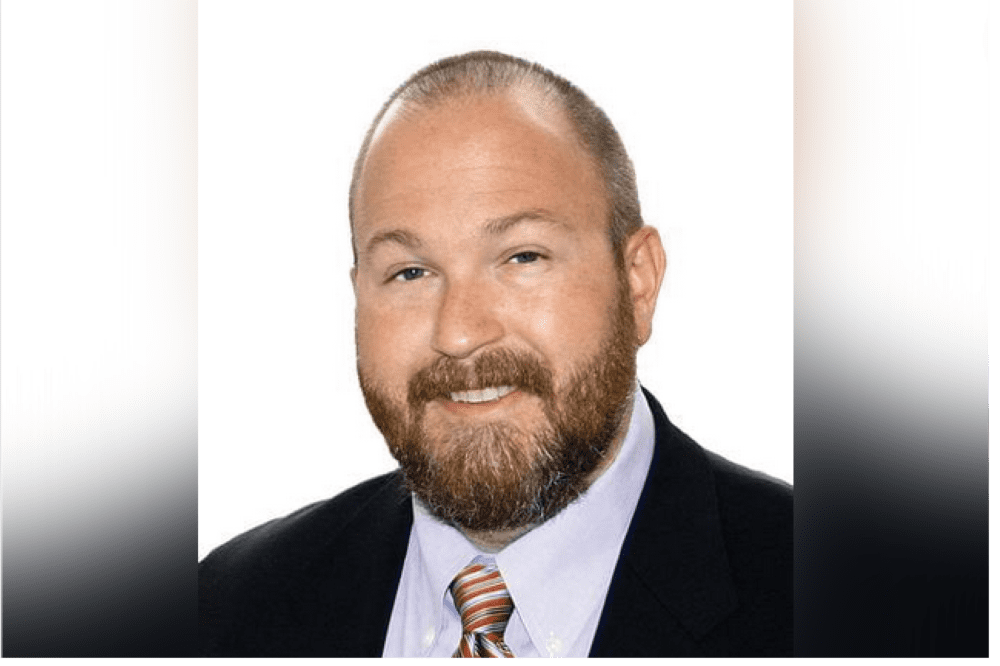"Silver linings" from Hurricane Ian: One of the strongest hurricanes to ever make landfall in the US

Hurricane Ian slammed into the west coast of Florida on Sept. 28 with winds of almost 250km/h, making it the fifth-strongest storm – alongside several previous storms with similar wind speeds – to hit the US mainland since systematic records began over 100 years ago. According to Munich Re, preliminary estimates put overall losses at around $10 billion, of which around $60 billion will be borne by private insurers (excluding NFIP).
Hurricane #Ian from the Caribbean to a SW Florida nightmare. pic.twitter.com/rLBgo4fksi
— Luke Hatton (@LukeHattonWX) September 28, 2022
“The south-west Florida coast is particularly vulnerable to storm surge, and this was known well before Hurricane Ian,” said Mark Bove (pictured), meteorologist and SVP of Natural Catastrophe Solutions, Munich Re US. “The slow slope of the continental shelf means that a storm coming ashore in that area has a lot of time to build up excess water that will come ashore.
“Also, the exact landfall location of Ian, along the south-west Florida coast, was almost a perfect set up for an extreme [storm] surge along Sanibel Island and Fort Myers Beach because Sanibel Island actually moves out a little further west than the mainland, so you almost have a right angle at the coast, which is what we call a bite. Because of that bite … all the water is going to push into that one area and overflow. It was … one of the worst-case scenarios for the region.”
The severe storm surge triggered by Hurricane Ian, shown in the tweet below, is difficult to defend against. Really, the only option is to “elevate homes and residences,” said Bove, but the challenge with this storm was that a lot of the buildings in the Fort Meyer area are older and not elevated.
“That caused a lot of the extreme devastation because the wave action on top of the water rising is arguably even more destructive than the high winds that we saw with Ian,” Bove added. “It is devastating to see those communities along the coast there suffering, and they have a long recovery ahead of them.”
WOW! absolutely wild, you don’t see that often in Hurricanes, this is in Fort Myers #Florida.#HurricaneIan #Ian #Hurricane_Ian #Hurricane #flwx #FortMyersBeach #Hurricane_Ian
📸: @DanielleBreezy pic.twitter.com/xyCONV94dh
— StormHQ (@StormHQwx) September 28, 2022
Can Florida withstand more hurricanes?
There were “silver linings” from Hurricane Ian, according to Bove – in particular, how many buildings performed in high winds. After Hurricane Andrew in 1992, Florida strengthened its building codes, and the state has continued to update the codes over time, with a focus on extreme weather resiliency. The most recent update occurred in 2020.
“A lot of homes in the area of Ian’s landfall were damaged in Hurricane Charley in 2004, particularly in Charlotte County,” Bove reflected. “This storm [Ian] gave us an opportunity to see how buildings performed after Ian, as compared to Hurricane Charley, especially now that many more homes in the area are built to the modern building codes that were implemented in the late 90s and early 2000s, after Hurricane Andrew.
“The story, overall, is good. I would not say it’s perfect, but I would say the strict building codes for wind that have been implemented since Andrew are working effectively and are doing what they’re supposed to. There were much fewer partial and total roof failures during Ian than what we saw with Charley… both were category four storms at landfall over the same area. So, we saw the severity of the wind damage overall from Ian being much less compared to Charley.”
The challenge is that coastal areas in Florida have developed significantly in recent years, which means there’s a lot more buildings, people, and economic value at stake during severe storms. That, combined with the rapid growth of new construction, has created far more insurance exposures.
Bove highlighted one loss trend around roofing, and the relatively poor performance of asphalt shingles – a problem that has been researched and highlighted extensively by the Insurance Institute for Business and Home Safety (IBHS).
The IBHS conducts objective, scientific research to identify and promote effective actions that strengthen homes, businesses and communities against natural disasters and other causes of loss. The non-profit, industry-sponsored consortium has identified that asphalt shingles, which is the predominant roof covering in the US, only has an effective lifespan of about seven to 10 years.
“The head of the IBHS, Roy Wright, former head of FEMA in the US, puts it this way: ‘You can consider your roof covering, especially if it’s asphalt shingle, like the tires on your car. As you use the car, eventually the tires are going to go bald. On a nice sunny day, it’s probably not going to matter that your tires are bald, and you have no traction. However, when the wind blows, and the rain is pouring down, then you have an issue.’ On a nice day, that [asphalt shingle] roof is still going to work fine, but when the wind blows, and the rain is torrential, those seven- to 10-year-old roofs are going to start failing – and that’s what we saw,” said Bove.
After Hurricane Charley, which peaked as a 240 km/h Category 4 hurricane in August 2004, many residents in southwest Florida had to repair, replace, or update their roofs. Now, almost 20-years later, if they used asphalt shingles, their roofs are old, and many suffered shingle damage and/or water penetration during Hurricane Ian.
“The building codes are working very well,” Bove commented. “I think what we’re seeing now is some issues with some of the materials commonly used, and the question is: can we build a better roofing material that can help ameliorate this? We’re seeing a reduction in severity or wind damage, but the frequency of wind damage is still very high, and that’s what we need to work towards reducing going forward.”





